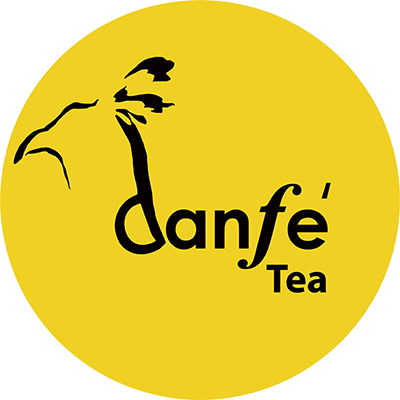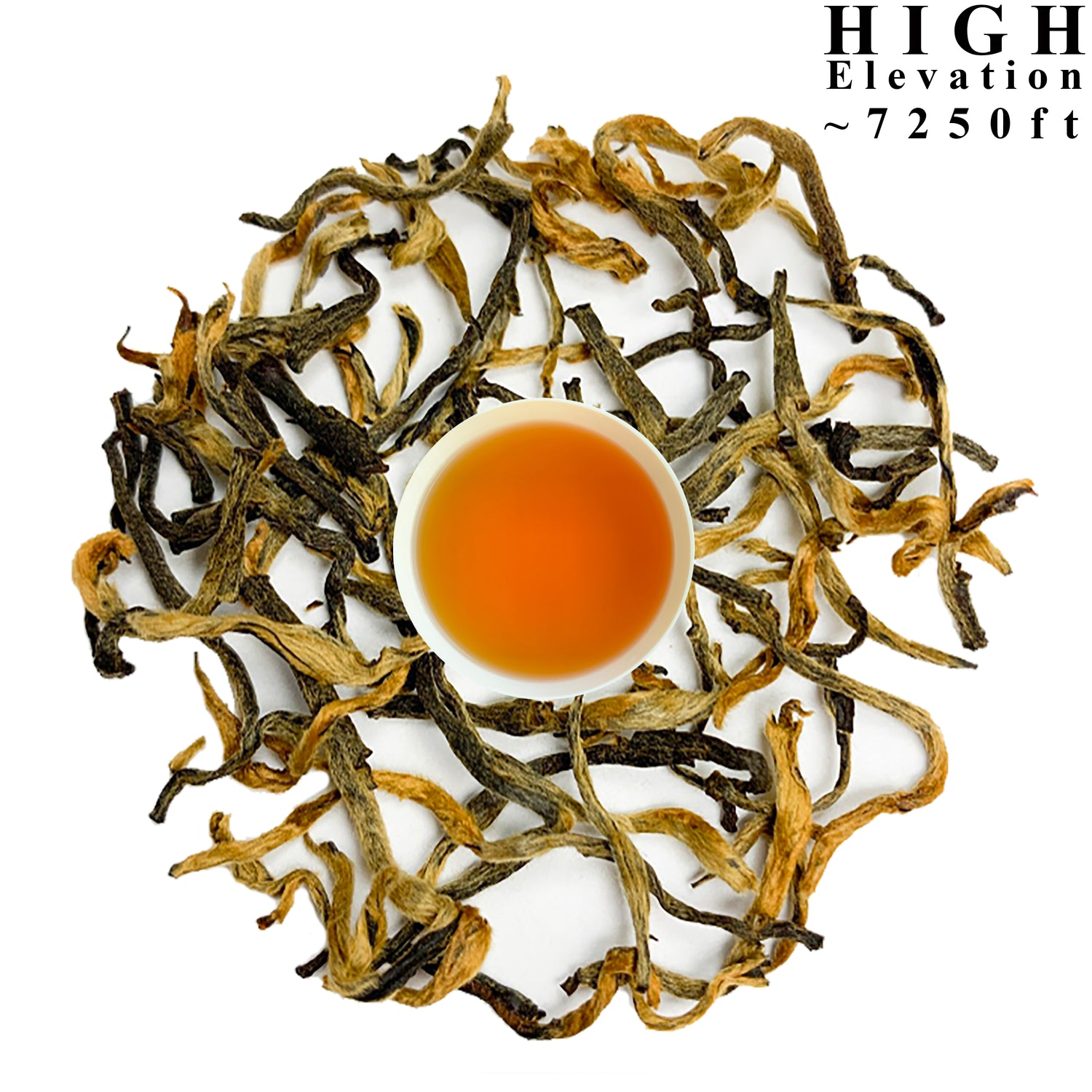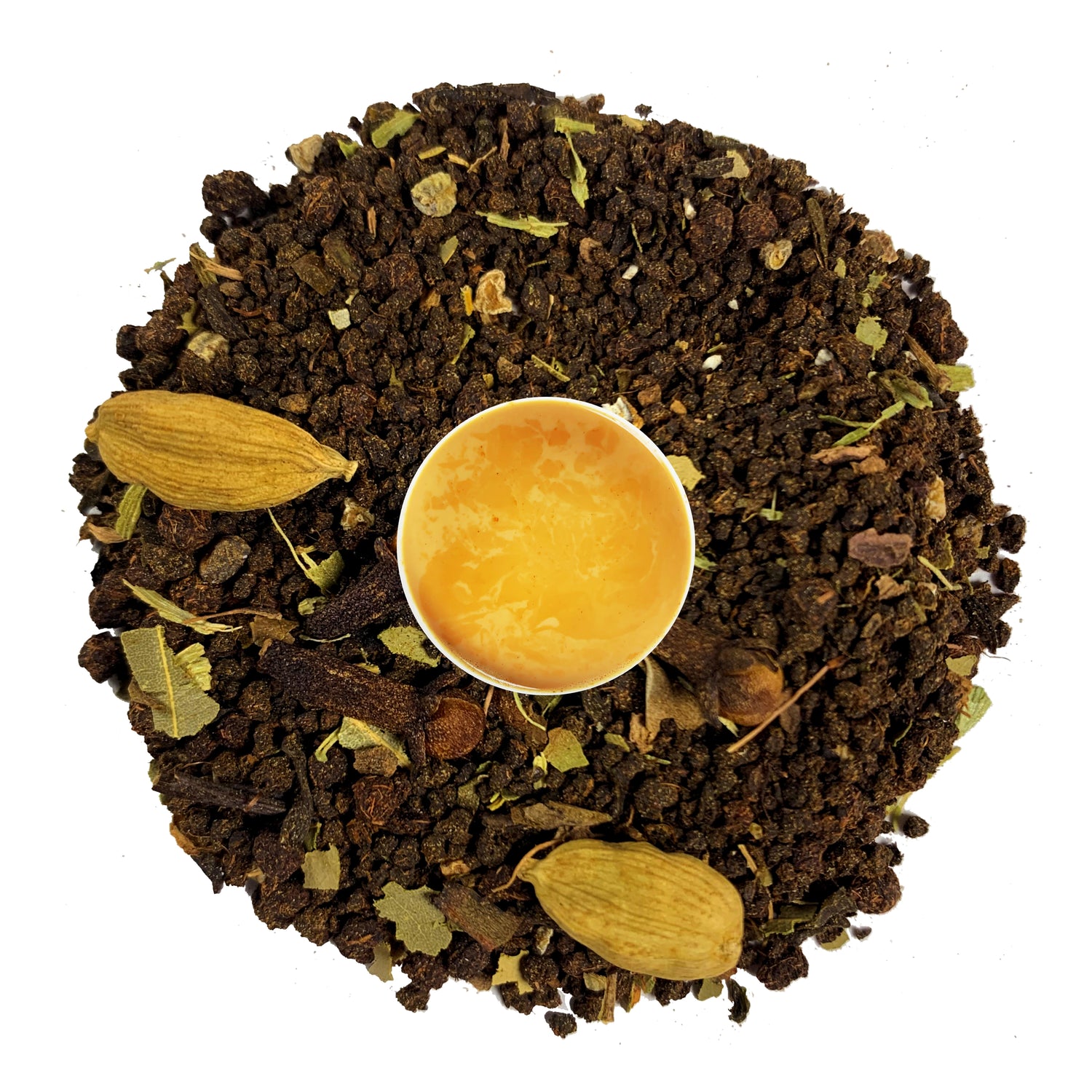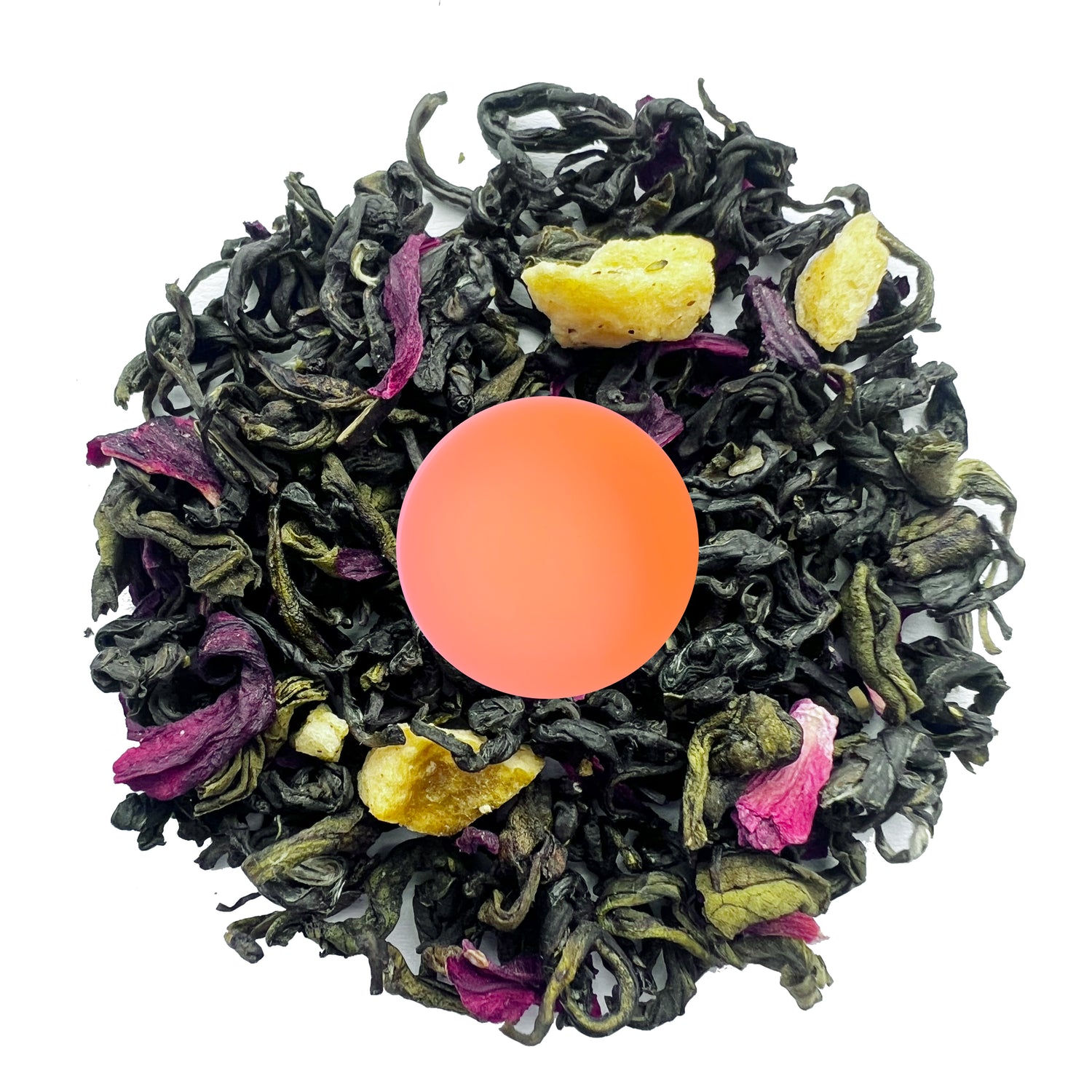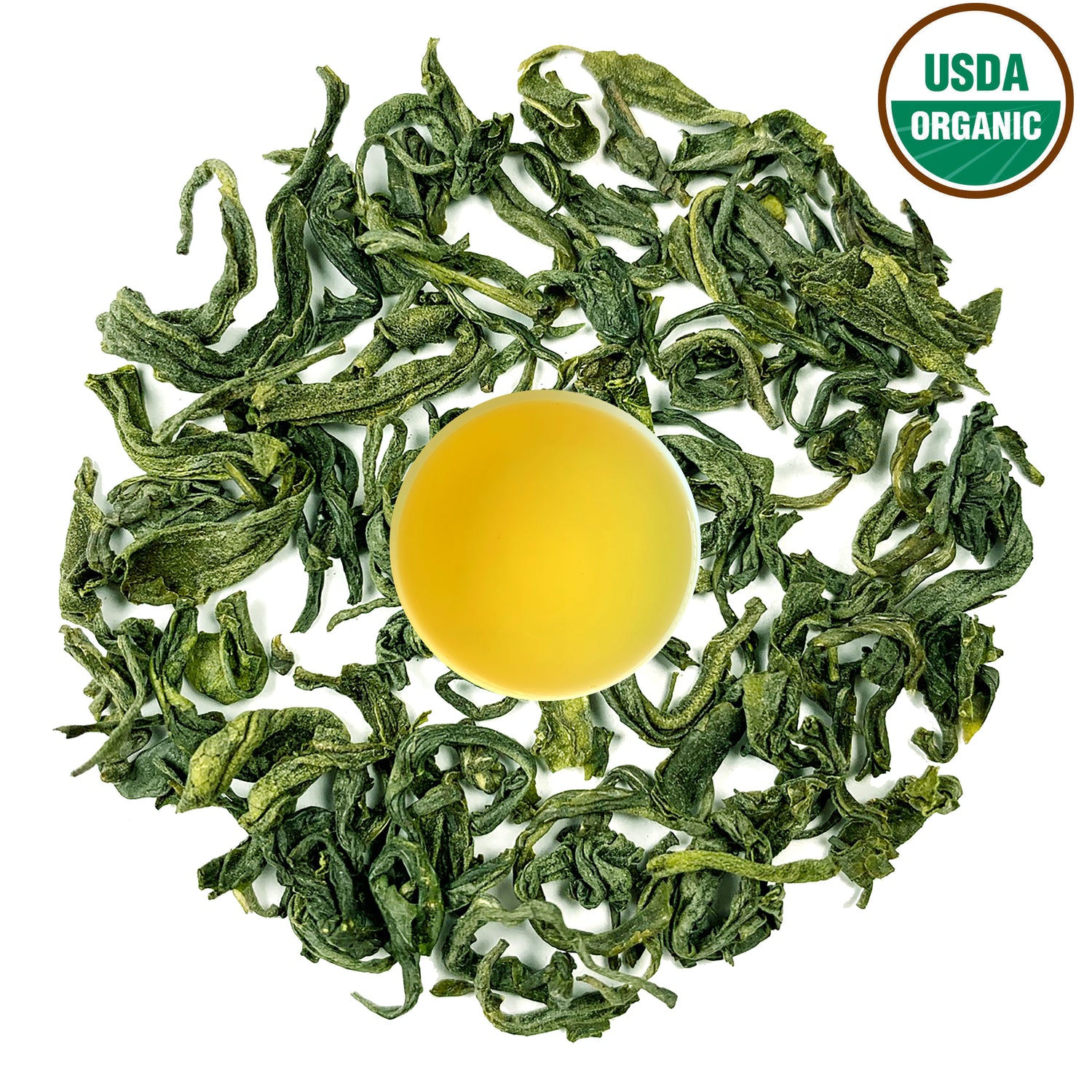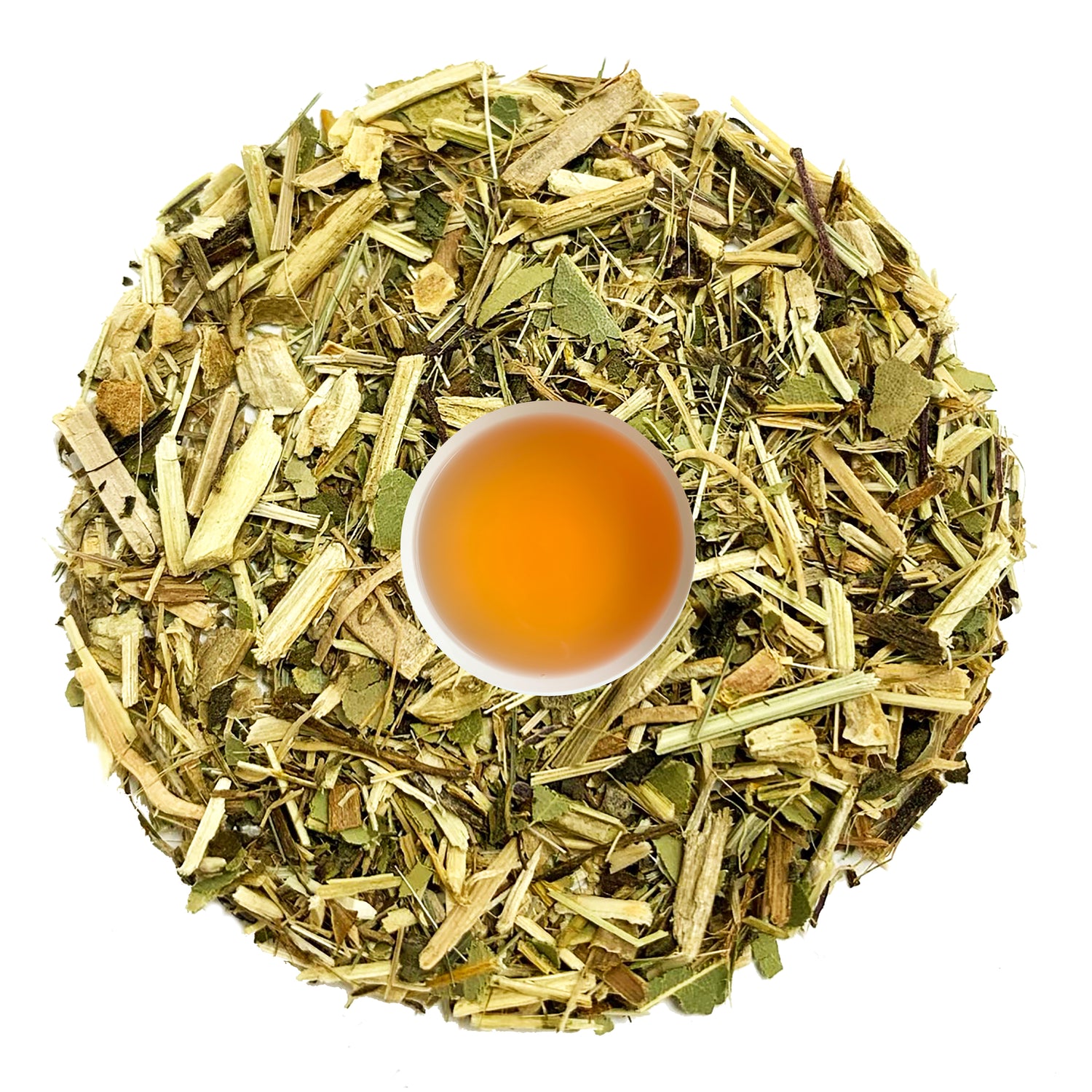
Nepal Tea: Intriguing Opportunities, Challenges and Future

Nepal, a country renowned for its majestic mountains and rich cultural heritage, is also home to some of the world's finest teas. Despite this, Nepalese tea often flies under the radar, overshadowed by its more famous neighbors. This blog explores the intriguing opportunities, challenges, and the promising future of Nepal tea.
The Rich Legacy of Nepal Tea
Origins and Evolution

Nepal’s tea history dates back to the mid-19th century when the first tea plantations were established in the Ilam district. Initially influenced by the British tea industry in India, Nepalese tea gardens adopted similar techniques but quickly developed their own identity. The unique geographical and climatic conditions in Nepal, characterized by high altitudes, fertile soil, and a cool climate, contribute to the distinct quality of Nepalese tea. Over the years, tea production has expanded to other regions such as Jhapa, Dhankuta, and Terai, each adding their regional nuances to the flavor profile of Nepalese teas.
| Also Read: Discover Nepali Tea: A Comprehensive Guide |
Unique Flavors and Aromas
Nepalese tea is often compared to Darjeeling tea, but unique characteristics. The flavors range from delicate floral and fruity notes to more robust and malty undertones. The high-altitude growing conditions and organic farming practices ensure Nepalese teas are free from pesticides and rich in antioxidants-this combination of factors results in teas that are not only delicious but also offer numerous health benefits.
Popular Varieties of Nepalese Tea
- Orthodox Tea: Known for its exquisite aroma and complex flavors, orthodox tea from Nepal is handpicked and processed using traditional methods. This type includes black, green, oolong, and white teas.
- CTC Tea: Crush, Tear, Curl (CTC) tea is a more mechanized production process, resulting in a strong, bold flavor. It's commonly used in tea bags and popular in the domestic market.
| Also Read: Types of Nepali Tea: Facts About Nepalese Tea |
Opportunities for Nepal Tea
Global Market Expansion
Rising Demand for Specialty Teas

The global tea market is witnessing a surge in demand for specialty teas, driven by increasing health consciousness and a desire for unique flavors. With its distinct taste and organic production methods, is well-positioned to tap into this growing market. By highlighting the health benefits and unique qualities of Nepalese tea, producers can attract discerning consumers looking for premium tea experiences.
Export Potential
A significant portion of Nepalese tea is exported, but there is immense growth potential. Key markets include the United States, Europe, and Asia. By leveraging trade agreements and building strong relationships with international distributors, Nepalese tea can increase its footprint globally. Moreover, branding Nepalese tea as a premium product from the Himalayas can enhance its appeal and justify higher price points.
Economic Benefits
Job Creation
Expanding the tea industry can create numerous jobs, particularly in rural areas with limited employment opportunities. The tea industry offers many employment options, from farming and harvesting to processing and marketing. Empowering local communities through fair wages and sustainable practices can improve social and economic conditions.
Tourism Synergy
Tea tourism is an emerging trend where enthusiasts visit tea gardens to experience the production process and enjoy tea tastings. Nepal’s scenic beauty combined with its tea heritage makes it an attractive destination for tea tourism. Developing infrastructure such as tea garden tours, boutique hotels, and cultural experiences can create a synergistic effect, boosting both the tea industry and the tourism sector.
Health Benefits and Organic Appeal
Consumers today are more health-conscious than ever before. Nepalese tea, often grown organically and rich in antioxidants, caters to this trend. Promoting the health benefits, such as improved digestion, enhanced metabolism, and stress reduction, can attract health-focused consumers. Additionally, obtaining organic certifications can further enhance the appeal of Nepalese tea in international markets.
Economic Empowerment Through Tea
The tea industry has the potential to transform local economies. By investing in sustainable farming practices and fair trade initiatives, Nepal can ensure that the benefits of the tea industry are equitably distributed. Empowering small farmers and cooperatives through training and financial support can improve productivity and quality, leading to better market access and higher incomes.
Challenges Faced by the Nepal Tea Industry
Brand Recognition
Mislabeling Issues
One of the major challenges faced by Nepalese tea is mislabeling. Often, Nepalese tea is sold as Darjeeling tea, which undermines the brand identity of Nepalese tea. This practice not only affects the reputation of Nepalese tea but also impacts the pricing and marketability. Efforts need to be made to educate consumers and enforce stricter labeling regulations to protect the integrity of Nepalese tea.
Lack of Global Awareness
Many consumers around the world are unaware of the high quality of Nepalese tea. This lack of awareness is a significant barrier to market expansion. Effective marketing campaigns and participation in international trade fairs can help raise awareness and showcase the unique qualities of Nepalese tea to a global audience.
Infrastructure and Logistics
Transportation Challenges
The rugged terrain of Nepal poses significant challenges for transportation. Poor infrastructure can lead to delays and increased costs, affecting the efficiency of the supply chain. Investing in better road networks and transportation facilities is crucial to ensure that tea reaches markets promptly and in good condition.
Processing Facilities

Limited processing facilities are another challenge for the Nepalese tea industry. Expanding and modernizing these facilities can improve the quality and consistency of tea. Additionally, adopting new technologies and best practices in tea processing can enhance productivity and reduce wastage.
Addressing Mislabeling and Brand Identity
To address mislabeling and establish a strong brand identity, the Nepalese tea industry needs to adopt a multi-pronged approach. This includes:
- Certification and Labeling: Implementing certification systems that guarantee the origin and quality of Nepalese tea. Labels should clearly state the region and type of tea.
- Marketing Campaigns: Creating targeted marketing campaigns that highlight the unique qualities and heritage of Nepalese tea. Leveraging social media, influencer partnerships, and storytelling can effectively communicate the brand message.
- Consumer Education: Educating consumers about the differences between Nepalese and other regional teas. Hosting tea tastings, workshops, and online content can help build awareness and appreciation for Nepalese tea.
Enhancing Infrastructure and Logistics
Improving infrastructure and logistics is vital for the growth of the Nepalese tea industry. Key steps include:
- Investment in Transportation: Upgrading road networks and transportation facilities to ensure timely and efficient delivery of tea to markets.
- Modernizing Processing Facilities: Expanding and modernizing tea processing facilities to improve quality and consistency.
- Adopting Technology: Leveraging technology for better supply chain management, including tracking and monitoring systems.
Future Prospects for Nepal Tea
Technological Advancements
Adoption of Modern Farming Techniques
Embracing modern farming techniques can significantly enhance the yield and quality of Nepalese tea. Practices such as precision agriculture, organic farming, and sustainable land management can improve productivity and reduce environmental impact. Training farmers in these techniques and providing access to necessary resources are crucial steps toward modernization.
Digital Marketing
The digital age offers unprecedented opportunities for promoting Nepalese tea. By leveraging digital marketing strategies, including social media, content marketing, and e-commerce, tea producers can reach a global audience. Building an engaging online presence, creating informative content, and using data-driven marketing approaches can effectively boost brand visibility and sales.
Government and Private Sector Initiatives
Supportive Policies
Government support is essential for the growth of the tea industry. Policies that provide financial incentives, infrastructure development, and research and development can create a conducive environment for growth. Collaborating with international organizations and trade bodies can also open up new markets and opportunities.
Collaborations
Collaborating with international brands, research institutions, and non-governmental organizations can bring innovation and best practices to the Nepalese tea industry. Such partnerships can facilitate knowledge transfer, access to new technologies, and market expansion.
Embracing Technology for Growth
Technology plays a pivotal role in the future of Nepalese tea. Key areas include:
- Precision Agriculture: Using data and technology to optimize farming practices, improve yield, and reduce waste.
- Blockchain for Transparency: Implementing blockchain technology to enhance transparency and traceability in the supply chain, ensuring authenticity and quality.
- E-Commerce Platforms: Building robust e-commerce platforms to reach a global audience and streamline sales processes.
Policy and Private Sector Collaboration
Collaboration between the government and private sector is essential for the sustainable growth of the Nepalese tea industry. Key initiatives include:
- Public-Private Partnerships: Developing joint ventures to invest in infrastructure, research, and marketing.
- Incentives for Innovation: Providing incentives for private companies to invest in innovative farming and processing techniques.
- Training and Education: Establishing training programs to equip farmers and workers with the skills needed to thrive in a modern tea industry.
Danfe Tea: Revolutionizing the Nepalese Tea Industry

Mission and Vision
Danfe Tea has been established with a commitment to pull the Nepalese Tea Industry out of anonymity and bring about a change by introducing consumers to the unique flavors of premium quality tea varieties originating in the pristine climate of the Himalayan foothills of Nepal. Danfe Tea aims to establish recognition for the struggling tea industry and familiarize its products to a market that appreciates its intrinsic value.
Goals
- Empowerment through Tea: Danfe Tea is dedicated to empowering local farmers by providing fair wages and sustainable farming practices.
- Global Recognition: The goal is to rebrand Nepalese tea on the global stage, emphasizing its unique flavors and high quality.
- Quality and Sustainability: Ensuring that all tea products are of the highest quality and produced sustainably.
Initiatives and Impact
Danfe Tea is actively involved in several initiatives to revolutionize the Nepalese tea industry:
- Fair Trade Practices: By adopting fair trade practices, Danfe Tea ensures that farmers receive fair compensation, which improves their livelihoods and motivates them to produce high-quality tea.
- Sustainable Farming: Promoting organic farming practices to protect the environment and ensure that the tea produced is free from harmful chemicals.
- Marketing and Branding: Leveraging digital marketing strategies to promote Nepalese tea globally and participating in international trade fairs to showcase their products.
- Consumer Education: Educating consumers about the unique qualities of Nepalese tea through workshops, tastings, and online content.
FAQs about Nepal Tea
What makes Nepalese tea unique?
Nepalese tea is unique due to its distinct flavors, which are a blend of Darjeeling and Chinese teas, influenced by the Himalayan climate. The high-altitude growing conditions and organic farming practices contribute to its rich, complex taste and numerous health benefits.
Why is Nepalese tea often mislabeled as Darjeeling tea?
Due to the geographic proximity and similar growing conditions, Nepalese tea is sometimes sold as Darjeeling tea. This practice affects the brand identity of Nepalese tea and highlights the need for stricter labeling regulations and consumer education.
What are the health benefits of Nepalese tea?
Nepalese tea is rich in antioxidants and offers numerous health benefits, including improved digestion, enhanced metabolism, reduced stress, and potential anti-inflammatory properties. Its organic cultivation methods also ensure that it is free from harmful chemicals.
How can I support the Nepalese tea industry?
You can support the Nepalese tea industry by purchasing authentic Nepalese tea, promoting it through social media, and advocating for proper labeling and branding. Additionally, participating in tea tourism and educating others about the unique qualities of Nepalese tea can help raise awareness.
How does Nepalese tea compare to other teas?
Nepalese tea offers a unique flavor profile that sets it apart from other teas. While it shares similarities with Darjeeling tea, it has its distinct characteristics, influenced by the Himalayan climate and organic farming practices. Its delicate floral and fruity notes, combined with a rich, robust body, make it a favorite among tea connoisseurs.
What types of Nepalese tea are available?
Nepal produces a variety of teas, including orthodox teas (black, green, oolong, and white) and CTC teas. Each type offers a different flavor profile and set of benefits, catering to a wide range of preferences.
How is Nepalese tea processed?
Nepalese tea is typically handpicked and processed using traditional methods. Orthodox teas undergo a meticulous process that includes withering, rolling, fermenting, and drying. CTC teas, on the other hand, are processed using a more mechanized method that involves crushing, tearing, and curling the leaves.
What is the future outlook for the Nepalese tea industry?
The future of the Nepalese tea industry looks promising with opportunities for global expansion, technological advancements, and supportive policies. By addressing current challenges and leveraging its unique strengths, Nepalese tea can carve a niche in the global market and achieve sustainable growth.
